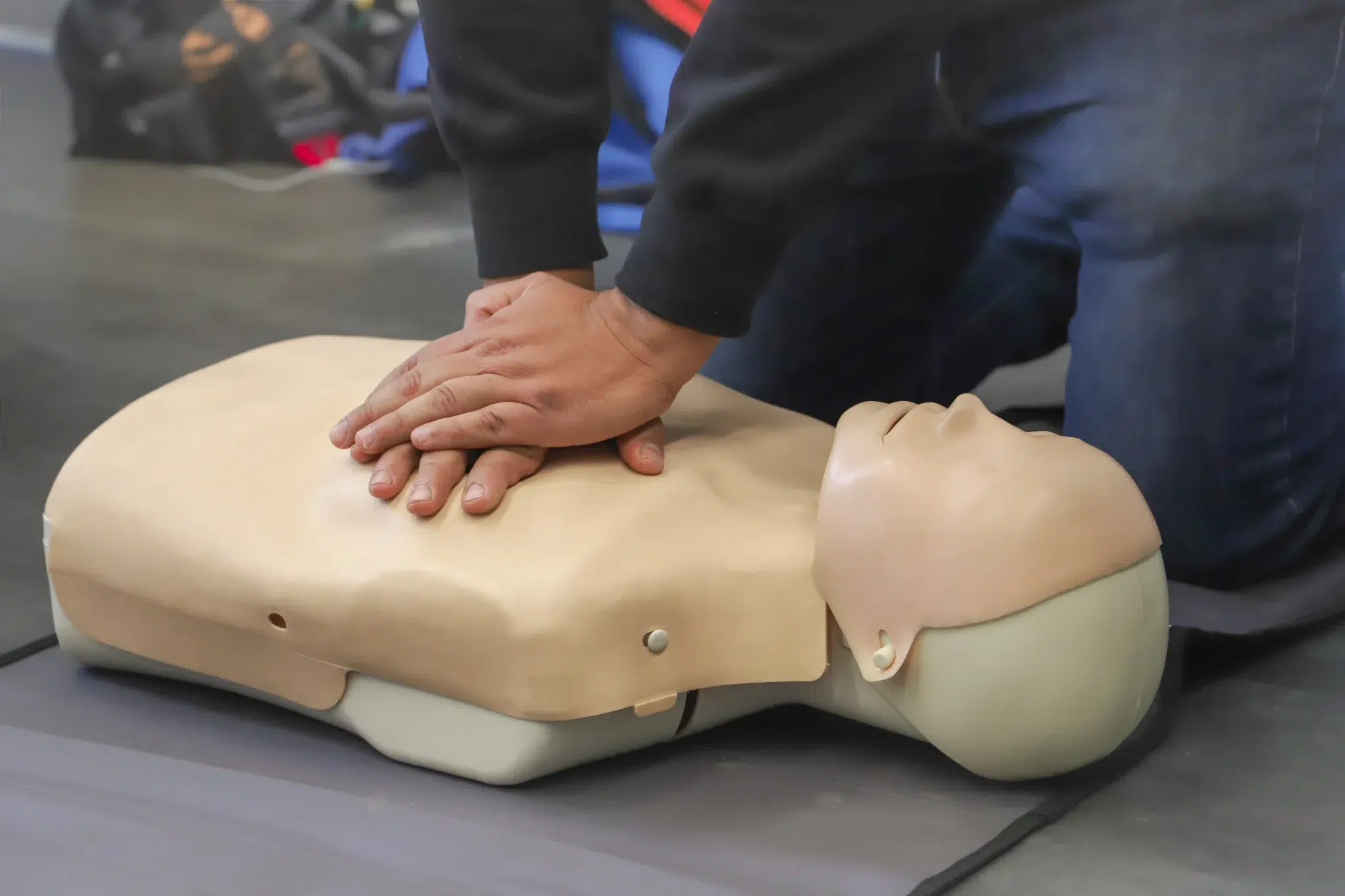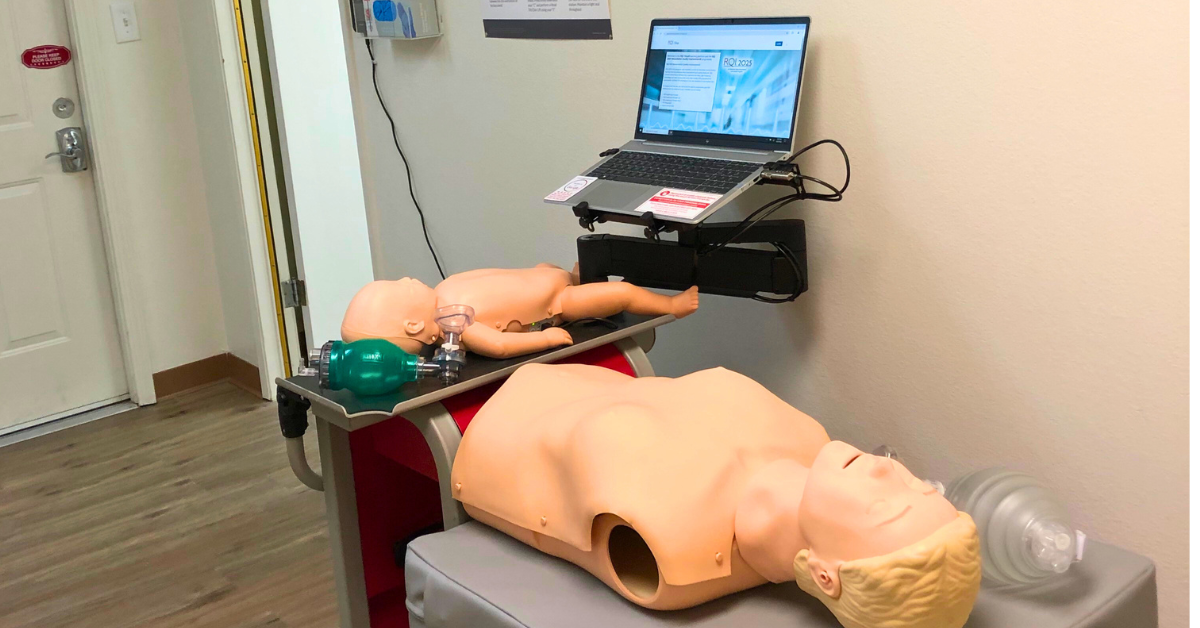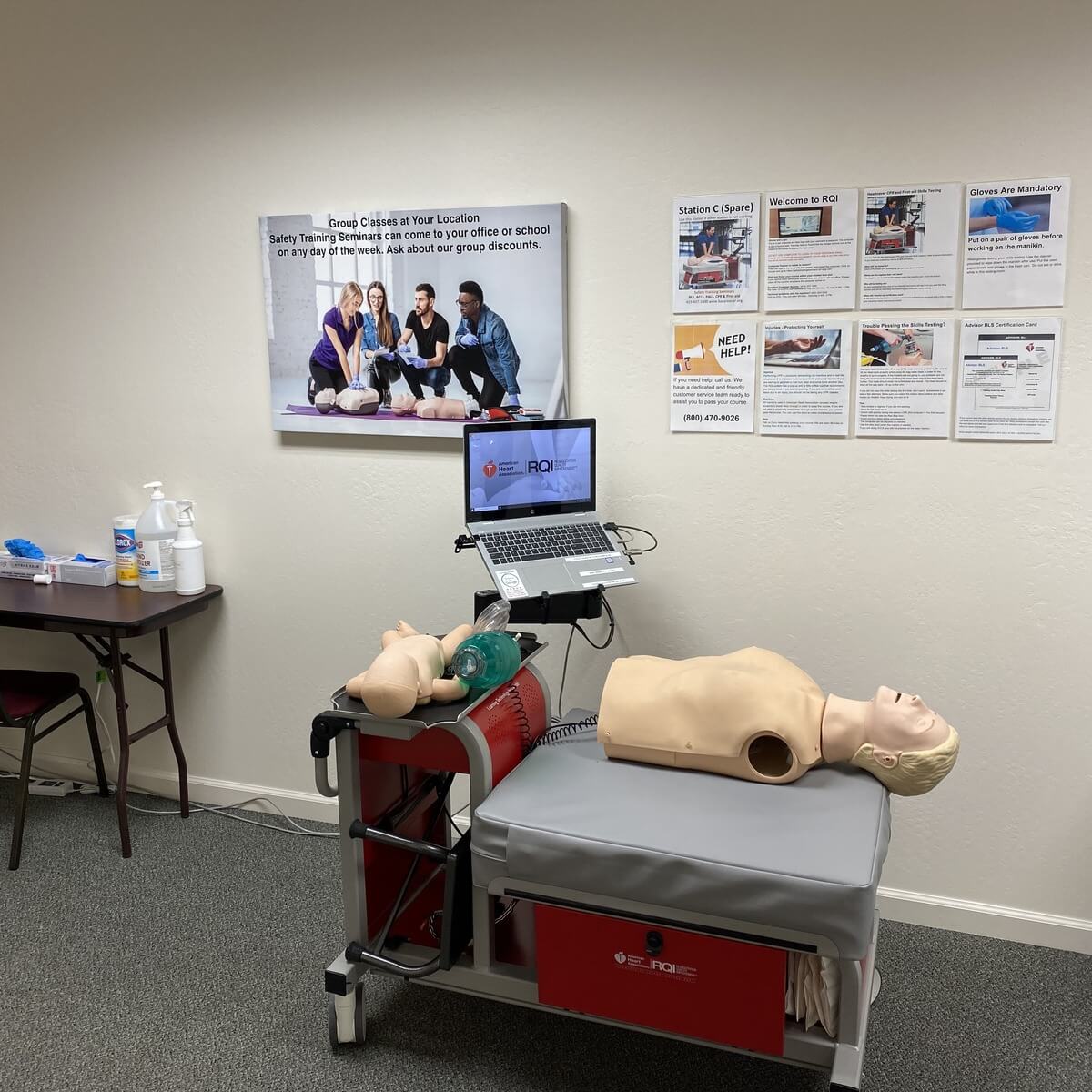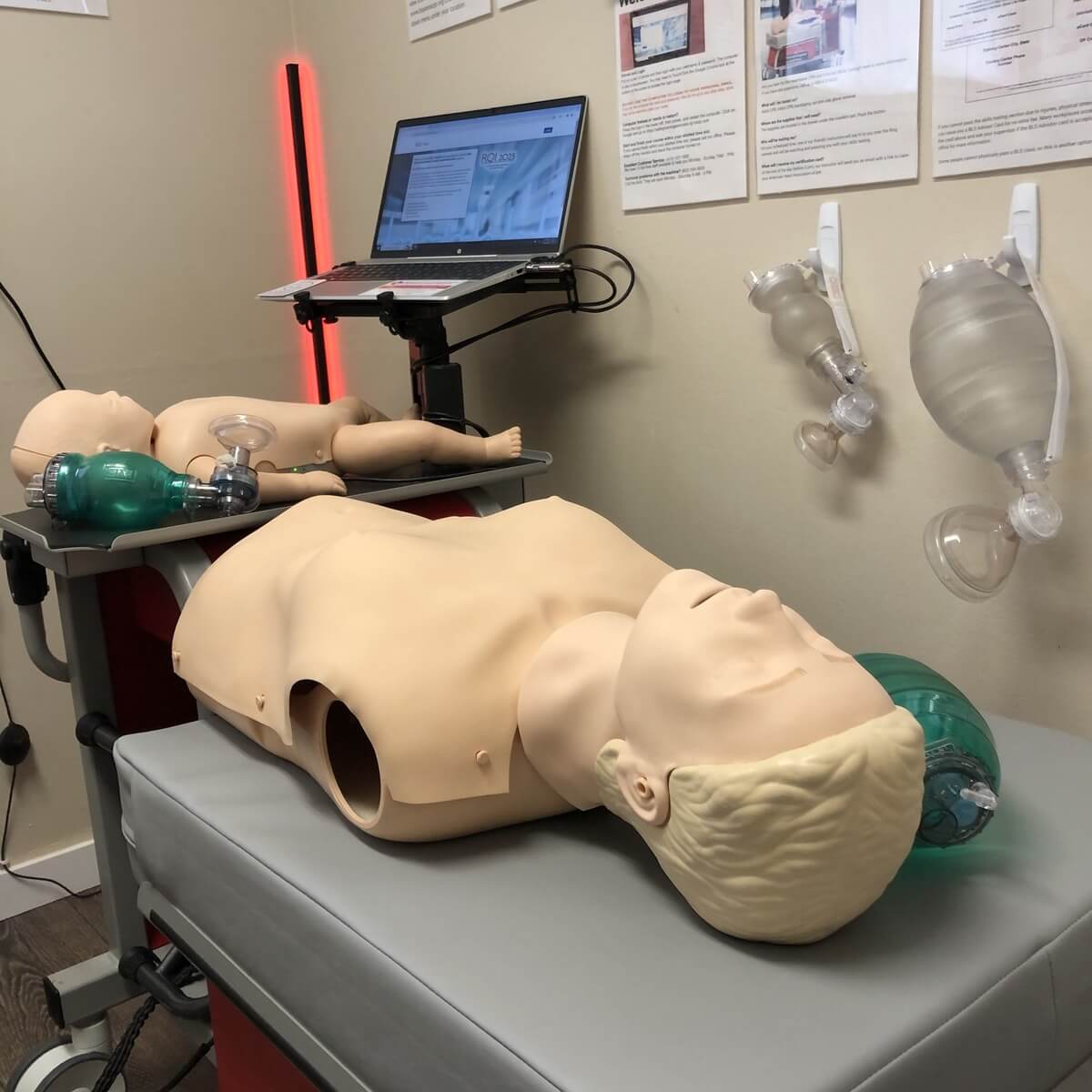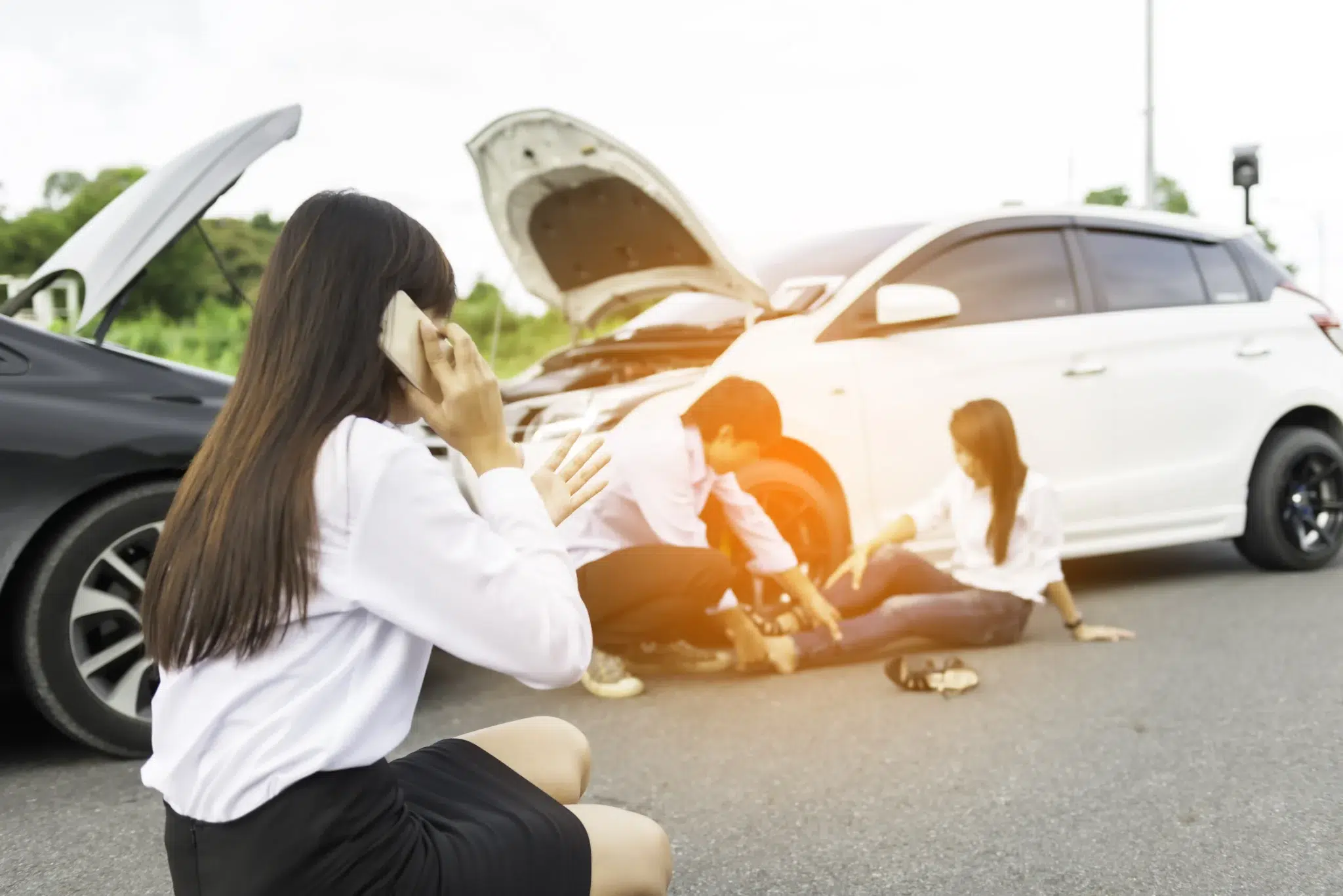San Francisco, with its iconic Golden Gate Bridge and bustling neighborhoods, is a city that embraces its unique challenges, including the reality of earthquakes. Earthquake preparedness in San Francisco isn’t just a good idea; it’s essential for anyone living in this seismically active region. This guide provides practical, actionable steps to help you prepare for the inevitable, from understanding the city’s seismic history and the probability of future earthquakes to creating a safe home environment and building a comprehensive emergency kit. We’ll explore how to stay informed, develop a family emergency plan, and tap into the city’s resources to ensure you’re ready to face any seismic event with confidence.
Key Takeaways
- Earthquake preparedness is an ongoing process: Regularly review and update your emergency plans, practice drills, and stay informed about new safety guidelines to ensure you’re always prepared.
- A well-stocked emergency kit is essential: Gather enough food, water, and other necessary supplies to sustain your family for at least 72 hours after an earthquake. Include a first aid kit and consider taking a first aid and CPR course.
- Community support strengthens resilience: Connect with your neighbors, participate in community drills, and consider joining a CERT program to build a more resilient and supportive network.
What are San Francisco’s Earthquake Risks?
Living in San Francisco means accepting a certain level of earthquake risk. Understanding this risk is the first step in preparing yourself and your family for a seismic event. Let’s explore San Francisco’s seismic history and the probability of future earthquakes.
San Francisco’s Seismic History
The 1906 San Francisco earthquake remains a potent symbol of the city’s vulnerability to seismic activity. This devastating event, a key topic in PrepareDex’s guide to San Francisco earthquake preparation, significantly shaped the city’s approach to building codes and disaster preparedness. While 1906 serves as a stark reminder of the potential for large-scale destruction, earthquakes are an ongoing reality. The Loma Prieta earthquake in 1989, though less destructive, caused significant damage and disruption, highlighting the importance of continued vigilance.
Earthquake Probability
While we can’t predict exactly when an earthquake will strike, scientists can estimate the probability of future seismic events. The USGS Earthquake Hazards Program estimates a high probability of one or more major earthquakes (magnitude 6.7 or higher) striking the San Francisco Bay Area within the next 30 years. City College of San Francisco provides further details on these probabilities, noting a 31.7% chance of a major earthquake on the Hayward Fault before 2036, and a 63% chance of the Bay Area experiencing such an earthquake in the same timeframe. These statistics underscore the need for residents to take earthquake preparedness seriously. Understanding the potential impact empowers us to take proactive steps to protect ourselves, our families, and our community.
Prepare Your Home for an Earthquake
Living in San Francisco means accepting the reality of earthquakes. While we can’t predict them, we can take steps to protect ourselves and our homes. Preparing your home now can significantly reduce damage and risk during and after an earthquake.
Secure Furniture and Appliances
Start by securing heavy furniture and appliances to the walls. This simple step can prevent bookcases from toppling, TVs from falling, and refrigerators from sliding across the kitchen. Use sturdy brackets, straps, or anchors designed specifically for earthquake safety. The San Francisco Department of Building Inspection offers resources to help you secure your belongings. Remember, if an earthquake hits while you’re indoors, follow the “Drop, Cover, and Hold On” procedure. Don’t run outside or stand near windows or doorways.
Retrofit Your Home’s Structure
Consider retrofitting your home to make it more resistant to earthquake damage. Seismic retrofitting strengthens a structure’s ability to withstand shaking. This often involves bolting the house to its foundation and bracing walls. While retrofitting might be an investment, it’s a worthwhile step to protect your property and your family.
Create a Safe Indoor Environment
Think about the objects in your home and how they might behave during an earthquake. Remove heavy objects from high shelves to prevent them from falling. Secure light fixtures and mirrors, and ensure that windows have safety film to reduce shattering. Michigan Tech’s guide on earthquake preparedness offers additional tips for creating a safe indoor environment. Knowing your surroundings and taking these precautions can make a significant difference in your safety during an earthquake.
Build Your Earthquake Kit
Living in San Francisco means accepting the reality of earthquakes. While we can’t predict them, we can definitely prepare for them. One of the most important steps you can take is to build a comprehensive earthquake kit. This isn’t about hoarding supplies; it’s about having essential resources readily available when you need them most.
Essential Items for 72-Hour Survival
Your goal is to be self-sufficient for at least 72 hours after an earthquake. This means having enough food, water, and other essentials to get you through the initial aftermath. Here’s what your kit should include:
- Water: The rule of thumb is one gallon per person per day. So, for a family of four, you’ll need 12 gallons for three days.
- Food: Stock up on non-perishable foods that require no cooking or refrigeration. Think canned goods, energy bars, dried fruit, and nuts.
- Flashlight and Extra Batteries: Power outages are common after earthquakes, so a reliable light source is crucial.
- Battery-Powered or Hand-Crank Radio: Stay updated on emergency broadcasts and critical information. A hand-crank radio ensures you have access to news even if your batteries run out.
- First Aid Kit: A well-stocked first aid kit can help you address minor injuries. Consider taking a basic first aid and CPR course to be fully prepared. The San Francisco Department of Building Inspection offers valuable resources on earthquake preparedness.
- Multi-tool or Swiss Army Knife: These versatile tools can come in handy for various tasks, from opening cans to making minor repairs.
- Whistle: A whistle can help you signal for help if you become trapped or separated from your group.
Remember, having these supplies is only part of the equation. Knowing how to use them and having a plan is equally important. Learn how to shut off your gas, water, and electricity in case of leaks or damage.
Considerations for Families and Pets
Preparing for an earthquake isn’t just about individual survival; it’s about ensuring the safety of your entire family, including your furry friends.
- Family Emergency Plan: Sit down with your family and create a plan that outlines where to meet if you get separated during an earthquake. Establish communication protocols and designate an out-of-state contact person.
- Pet Supplies: Your pets rely on you for their safety. Make sure your kit includes enough food, water, and any necessary medications for your pets. A leash, carrier, and copies of their vaccination records are also essential.
- Home Safety: Take steps to secure heavy furniture and appliances to walls to prevent them from tipping over during an earthquake. Practice the “Drop, Cover, and Hold On” drill with your family so everyone knows what to do when the shaking starts. For more information on securing your home and creating a plan, review PreparedEx’s San Francisco earthquake preparation guide.
Stay Safe During an Earthquake
Knowing what to do during an earthquake can mean the difference between life and death. Here’s how to protect yourself and your loved ones when the ground starts shaking.
How to “Drop, Cover, and Hold On”
The most important thing to remember during an earthquake is to drop, cover, and hold on. This simple action protects you from falling debris, which is the most common cause of injury during earthquakes. The Office of Emergency Services offers detailed information on earthquake safety procedures.
First, drop to the ground. Get under a sturdy table or desk if one is nearby. If you can’t find something sturdy, drop to the floor next to an interior wall and curl up. Try to get as low as possible to the ground.
Next, cover your head and neck with your arms. If you’re under a table or desk, hold onto it with one hand and cover your head and neck with the other. If you’re not under something sturdy, cover your head and neck with both arms.
Finally, hold on until the shaking stops. If you’re under a table or desk, hold on to it tightly. If you’re not under something sturdy, stay curled up and cover your head and neck.
Adapt Safety Measures to Different Environments
The “drop, cover, and hold on” method is the best course of action in most situations. However, you may need to adapt your approach depending on your location.
- Outdoors: Move to a clear area away from buildings, power lines, and trees.
- Driving: Pull over to the side of the road and stop. Avoid overpasses, bridges, and power lines. Stay inside your car until the shaking stops. Consult Caltrans Road Conditions for updates after the earthquake.
- Near the beach: Tsunamis are often triggered by earthquakes. If you’re near the coast, move to higher ground immediately after the shaking stops. Heed any tsunami warnings issued by authorities.
Remember, staying calm and reacting quickly are crucial during an earthquake. Practicing these safety measures regularly will help you respond effectively in a real emergency.
What to Do After an Earthquake
After the shaking stops, take a deep breath and assess the situation. The immediate aftermath can be chaotic, but staying calm and following these steps can help protect you and your loved ones.
Check for Injuries
First, check yourself and those around you for injuries. If anyone needs immediate medical attention, administer first aid if you’re trained. Take a first aid class to prepare yourself for emergencies. Only move seriously injured individuals if they are in immediate danger, such as from a fire or collapsing structure. Be aware of potential hazards like broken glass, debris, and downed power lines. If you encounter a small fire and have the training, extinguish it safely. If you smell gas, turn it off at the main valve, but only if you know how to do so safely. If you have any doubts, leave the area immediately and call 911.
Evaluate Home Damage
Once you’ve ensured everyone is safe, inspect your home for damage. Look for cracks in walls, ceilings, and foundations. Check for gas leaks by smelling for that distinctive rotten egg odor and listening for hissing sounds. If you suspect damage to gas, water, or electrical lines, turn them off at the main source. If you smell gas, evacuate the building immediately and contact the gas company or emergency services. Don’t use matches, lighters, or any open flames until you’re certain there are no gas leaks. Learn how to turn off your utilities in advance.
When to Evacuate
Aftershocks can occur after the initial earthquake, so be prepared for additional shaking. If your home is structurally unsound or if authorities issue an evacuation order, leave immediately. Avoid damaged areas and stay away from unstable structures, overpasses, and bridges. Do not re-enter a building until it has been inspected and deemed safe by professionals. Listen to your local radio or television for emergency broadcasts and instructions. Register for AlertSF to receive emergency alerts on your phone. Remember, safety is your top priority in the aftermath of an earthquake.
Create a Family Emergency Plan
A family emergency plan is your roadmap to safety and reunion when an earthquake strikes. Knowing where to meet and how to connect with each other can significantly reduce panic and confusion during a chaotic time. Think of it as a playbook for your family, outlining the steps everyone should take before, during, and after an earthquake. This plan should include essential information like contact numbers, meeting points, and evacuation routes. The San Francisco Department of Building Inspection offers valuable resources to help you develop a comprehensive plan.
Communicate During Disasters
When disaster strikes, communication becomes paramount. After ensuring everyone’s immediate safety, check for injuries and administer first aid if needed. Consider establishing an out-of-state contact person who can relay messages between family members if local communication lines are disrupted. Text messages often work when phone calls fail, so include those in your communication strategy. Be mindful of potential hazards like fires and downed power lines. If you detect a gas smell and it’s safe to do so, shut off the gas supply. The Office of Emergency Services provides guidance on post-earthquake safety procedures.
Designate Meeting Points
Predetermined meeting points are crucial for reuniting with your family after an earthquake. Choose easily identifiable locations familiar to everyone, both near your home and a secondary location outside your immediate neighborhood in case returning home is impossible. Familiarize yourself with escape routes and stairwells within your building, noting that not all stairwells connect to every floor. CCSF’s earthquake preparedness resources offer helpful tips on establishing meeting points and safe evacuation procedures. Avoid using elevators during and after an earthquake, as they may become trapped. Remember to practice your evacuation plan regularly so everyone knows what to do.
Stay Informed
Staying informed about earthquake preparedness is crucial for your safety in San Francisco. Knowing where to find reliable information and how to use available tools can make all the difference when an earthquake strikes.
Use ShakeAlert
ShakeAlert, an early warning system, can give you precious seconds of warning before you feel shaking. While this might not seem like much, those seconds allow you to take immediate protective actions, like moving away from windows or taking cover. Downloading the MyShake app to your phone ensures you receive timely alerts and can take action.
Find Reliable Information
Keep up-to-date on earthquake preparedness through trusted sources. The California Governor’s Office of Emergency Services (Cal OES) offers valuable resources, including information on separating earthquake facts from fiction. Understanding the difference between what’s true and what’s not can help you make informed decisions during an emergency. San Francisco’s official city website also provides local updates and resources specific to the city’s preparedness efforts. Staying informed about city initiatives and programs will help you understand how San Francisco is working to improve earthquake resilience.
Build Community Support
Connect with your community to strengthen your overall preparedness. Participating in neighborhood earthquake drills or joining a Community Emergency Response Team (CERT) can provide valuable training and support. Sharing information with neighbors and working together to create a more resilient community benefits everyone. CERT training empowers you with the skills to assist first responders and support your community during a disaster.
San Francisco’s Earthquake Resilience
Living in San Francisco means accepting the reality of earthquakes. But it doesn’t mean living in fear. The city has made significant strides in preparing for and mitigating the impact of future seismic events. Understanding these efforts can help you feel more confident in the city’s resilience and inform your own preparedness plans.
City Preparedness Programs
San Francisco takes a proactive approach to earthquake preparedness, understanding that a resilient city requires ongoing planning and community engagement. The city has invested over $20 billion in seismic improvements since the 1989 Loma Prieta earthquake, demonstrating a commitment to strengthening public infrastructure. These investments focus on critical facilities like hospitals, fire stations, and transportation systems to ensure they remain operational after a major earthquake. Beyond infrastructure, the city actively promotes public awareness campaigns to educate residents about earthquake safety and preparedness measures. These programs empower individuals to take ownership of their safety and contribute to a more resilient community.
Infrastructure Improvements
San Francisco’s commitment to earthquake resilience extends beyond preparedness programs to encompass substantial infrastructure improvements. The Department of Building Inspection (DBI) plays a crucial role in ensuring building safety. They review building plans, issue permits, and conduct inspections to enforce building codes and seismic safety standards. This rigorous process helps ensure new constructions and renovations meet stringent safety requirements. Organizations like SPUR (San Francisco Planning and Urban Research Association) also contribute to the city’s resilience efforts. SPUR has led initiatives focused on retrofitting existing buildings and infrastructure, recognizing that strengthening older structures is essential to minimizing damage and ensuring the city’s ability to recover quickly after an earthquake. These combined efforts demonstrate San Francisco’s dedication to creating a safer and more resilient environment for all its residents.
Maintain Long-Term Preparedness
Living in San Francisco means accepting the reality of earthquakes. While we can’t predict them, we can definitely prepare for them. Long-term preparedness isn’t a one-time task; it’s an ongoing process that requires consistent effort and a willingness to stay informed.
Practice Drills and Update Plans
Regularly practicing earthquake drills is key. Join the annual Great California ShakeOut to rehearse “Drop, Cover, and Hold On” with your family. This helps build muscle memory so you can react quickly when a real earthquake hits. After the drill, take time to review and update your family emergency plan. Make sure your family’s contact information is current and confirm your designated meeting points are still accessible.
Stay Educated
Earthquake science and safety practices evolve, so staying up-to-date is crucial. The California Governor’s Office of Emergency Services (Cal OES) offers valuable resources and information to help Californians prepare for, respond to, and recover from earthquakes. Check their website periodically for updates and new guidelines. Consider taking a first aid and CPR class. Knowing these skills can make a real difference in the aftermath of a disaster. Check out the CPR certification courses at Safety Training Seminars to learn more.
Debunk Earthquake Myths
Misinformation can hinder your preparedness efforts. Common earthquake myths, like the idea that they only happen in certain parts of California or that they can be precisely predicted, can create a false sense of security. Learn the facts by reviewing resources like Earthquake Myths and Facts from California State University San Marcos. Understanding the real risks will help you make informed decisions about your safety. For example, knowing that aftershocks can sometimes be more destructive than the initial quake emphasizes the importance of having a plan for extended disruptions.
In earthquake-prone areas like the Bay Area, being prepared goes beyond having emergency supplies—it also means being ready to respond to medical emergencies. Enrolling in BLS CPR Classes in Santa Rosa and BLS CPR Classes in Pleasant Hill ensures you’re equipped with the skills to assist others when every second counts. For more insights on how to prepare, including CPR readiness, explore our full earthquake preparedness guide.
Frequently Asked Questions
Why is earthquake preparedness so important in San Francisco? San Francisco sits in a seismically active zone, making earthquakes an unavoidable part of life. Being prepared isn’t about living in fear; it’s about understanding the risks and taking proactive steps to protect yourself, your family, and your community. Preparation can significantly reduce the impact of an earthquake, minimizing damage and increasing your chances of a safe recovery.
What does “Drop, Cover, and Hold On” mean, and why is it important? “Drop, Cover, and Hold On” is the recommended safety procedure during an earthquake. It involves dropping to the ground, taking cover under a sturdy table or desk (or next to an interior wall if no cover is available), and holding on until the shaking stops. This protects you from falling objects, which are the most common cause of injuries during earthquakes.
What should be in my earthquake kit? Your earthquake kit should contain enough supplies to sustain you and your family for at least 72 hours. Essential items include water (one gallon per person per day), non-perishable food, a flashlight with extra batteries, a battery-powered or hand-crank radio, a first aid kit, a multi-tool or Swiss Army knife, and a whistle. Consider the specific needs of your family, including pets, when assembling your kit.
What should I do if an earthquake happens while I’m driving? If you’re driving during an earthquake, pull over to the side of the road and stop, avoiding overpasses, bridges, and power lines. Stay in your car until the shaking stops. Once it’s safe, proceed cautiously, checking for road damage and following any instructions from authorities.
How can I stay informed about earthquake preparedness in San Francisco? Several resources offer valuable information and updates on earthquake preparedness. The USGS Earthquake Hazards Program provides scientific data on earthquake probabilities, while the San Francisco Department of Building Inspection offers resources on home safety and emergency planning. Consider registering for AlertSF to receive emergency alerts directly to your phone. Staying informed is an ongoing process, so regularly check these resources and participate in community preparedness activities.


